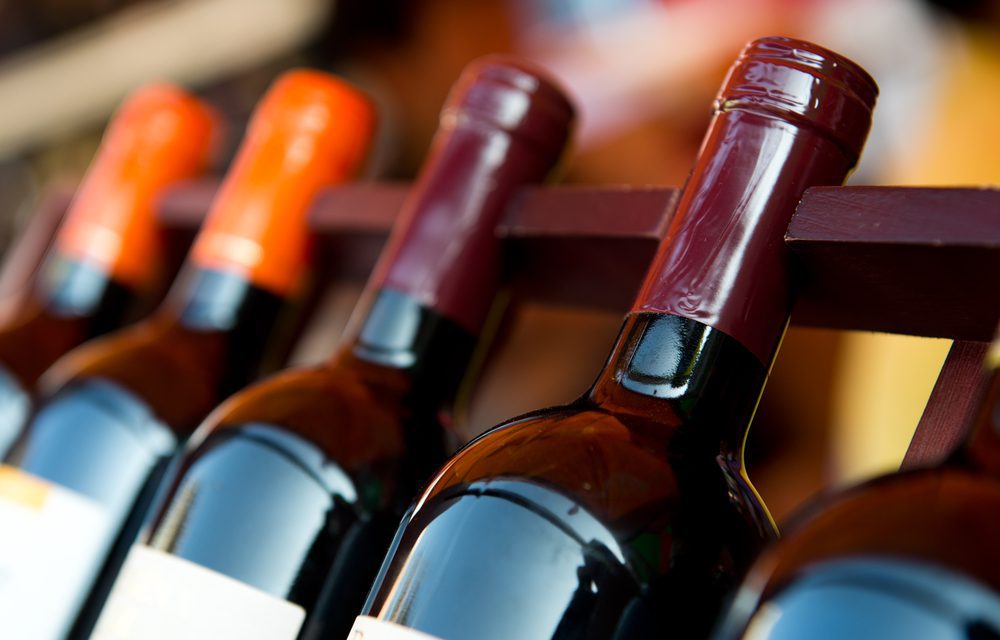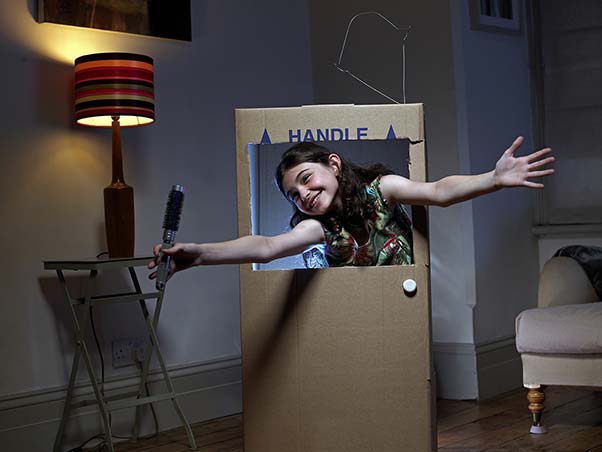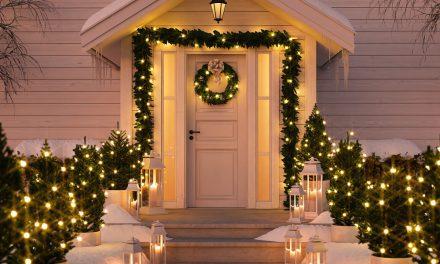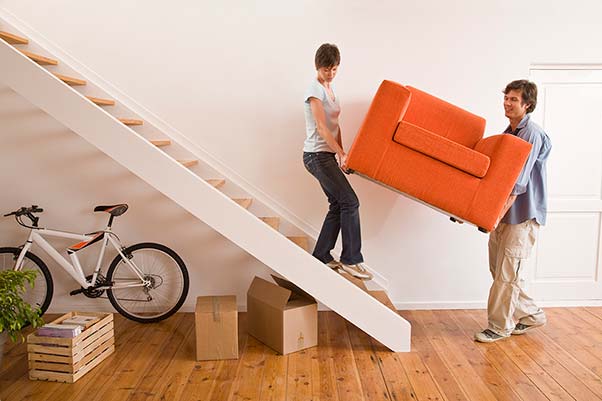Nothing brings people together or helps them relax after a stressful day like a good bottle of wine. While most wine can handle storage at room temperature (68 – 72о F) for a short period of time, it’s not the ideal temperature to store wine.
Room temperature is actually too warm for most wines and can cause them to age faster, breaking down the delicate flavor profile that makes each bottle so special.
If you own a valuable collection of wine and want to preserve that value (not to mention the one-of-a-kind taste of every bottle), that starts by storing your wine at the right temperature and under the right conditions.
Why Temperature Matters in Wine Storage
When it comes to keeping your wine at its best, storage temperature is a critical factor. If you are a wine aficionado, you know that wine is a living, breathing liquid filled with complex chemical compounds that react differently at various temperatures.
The best temperature to keep wine is one that creates an environment where these delicate compounds can remain stable. That means your wine can age gracefully and develop its intended flavor profile.
What happens when you store wine at the wrong temperature?
- Premature aging: Heat, in particular, speeds up chemical reactions, causing your wine to mature too quickly.
- Poor flavor: High temps break down the delicate aromatic compounds in your wine.
- Cork damage: Heat causes wine to expand, potentially pushing out the cork.
- Oxidation: Temperature fluctuations can compromise a bottle’s seal, letting damaging oxygen into the bottle.
- Color changes: Too much heat can brown both red and white wines.
- No more bubbles: Sparkling wines can lose carbonation when the temperature isn’t just right.
Ideal Wine Storage Temperature
You might assume that there’s a difference between the best storage temperature for red and white wines, considering that red wine is often served at room temperature while white wine is mostly served chilled.
However, according to the experts over at Wine Spectator, most wines do well when stored at temperatures between 45о F and 65о F. If you’re looking for a good rule of thumb, the ideal temperature to store wine is generally considered to be 55°F. This wine storage temp can work for almost any wine and is an excellent choice if you have a varied collection.
To summarize:
- Optimal storage: 55о F for all wine types
- Acceptable range: 45 – 65о F
- Threshold: Try not to exceed storage temps above 70о F
Temperature Fluctuations
While it’s essential to focus on storing your wines at the right temperature, an even more important factor is temperature consistency.
Wine does not do well in extreme heat or extreme cold. At temperatures above 70 degrees, wine will age and degrade more quickly. If temperatures reach over 80 degrees, the heat begins to break down subtle flavors and aromas in the wine. Heat can also damage a wine’s seal, allowing oxygen into the wine. Oxygen causes wine to oxidize, which can change the wine’s aroma and flavor profile.
The key is to maintain temperature consistency (even if you can’t always hit a perfect 55о F). Temperature fluctuations will damage wine far more than storing it a few degrees outside the optimal range. Keep that in mind whether you’re building a wine storage cupboard at home, investing in a wine fridge, or using a professional wine storage facility.
Do You Refrigerate Wine?
Wine can keep in a fridge for a few months, but cooler temperatures can dry out corks, allowing oxygen in. Refrigerators also tend to have low humidity levels, which can dry the corks even more quickly.
What about storing wine in the freezer? While that could be a good idea for your vodka or tequila, the freezer is no place for your wine. Freezing wine will cause the liquid to expand, which could force out the cork.
In fact, if you’re searching for wine storage ideas, it’s usually a good idea to keep your unopened wine out of the kitchen altogether. While the kitchen is certainly the heart of the home, it can also experience big temperature swings every time you make meals, speeding up the damage to your wine.
Other places to avoid storing your wine include your attic, garage, and laundry room.
Light
Ideally, you’ll want to store your wine in a dark area that gets little, if any, light. The sun’s UV rays can prematurely age wines and degrade their flavor profiles, especially white wines, which tend to come in light-colored or clear bottles.
Humidity
Too little or too much humidity can also impact your wine. In arid conditions, the cork can dry out, leading to oxygen getting into the wine. In especially dry areas of California, wine owners need to keep an eye on humidity levels.
When humidity gets too high, the damp environment could promote mold growth and damage the wine’s label and cork.
Ideally, wine storage humidity should be kept between 50% and 80%.
How to Store Wine Bottles
Finally, how you store your wine could help preserve your collection for a longer time. Have you ever noticed how most wine fridges and racks store wine bottles on their sides? There’s a reason for that.
Storing wine on its side will help keep the cork moist so it won’t dry out. It also allows sediment to settle along the length of the bottle instead of just collecting at the bottom. Finally, storing wine bottles on their sides is an efficient way to save space.
Where to Store Your Wine
The occasional wine drinker can probably get away with storing wine at home in a wine rack or small wine cooler. This is especially true if you intend to drink your wine within a short time of buying it. But if you have a large collection and don’t live in a house with a wine cellar or huge wine cooler, consider using a wine storage facility.
Price Self Storage offers temperature and humidity-controlled storage units at select facilities. Want to store your wine in the absolute best environment possible? There’s no need to search for wine storage ideas. Our Walnut Creek location offers wine-specific storage. Rent individual lockers or a walk-in storage space that can be outfitted with custom shelving and racks.
If your wine deserves the best, look for a Price Self Storage location near you.
Wine Storage FAQs
The way you store your wine could make the difference between perfectly preserving an amazing bottle of vino for the future or damaging the delicate chemical composition within. Take a look at the most common questions we get about the best temperature to keep wine, so your valuable wine collection can age well in the right environment.
What is the 30/30 rule for wine?
As you begin researching the ideal temperature to store wine, you may come across the “30/30 rule.” Simply put, the idea is that wine shouldn’t be exposed to temperatures above 30о F from its ideal storage temperature for more than 30 days.
This means if the right wine storage temp for a specific bottle is 55о F, you don’t want to store it at temperatures over 85°F for a sustained amount of time. High temperatures like this can cause premature aging, oxidation, and flavor deterioration.
Does the type of wine affect storage temperature?
Generally, most wines will do well when stored at 55°F. This is the best temperature to keep wine when you have a variety of reds, whites, and sparkling wines in your collection. Many wine experts also believe that storage temperatures between 45 and 65о F is acceptable for all wine types.
While you may come across dissenting views (some people prefer to store reds in warmer temps and whites at cooler temps), this universal approach can simplify the management of your collection.
Why is temperature consistency important in wine storage?
Temperature consistency is one of the most critical factors in preserving your wine collection. Large, ongoing fluctuations in temperatures can cause wine to expand and contract, damaging corks and letting air into the bottle. Without a tight seal, wine can oxidize and spoil.
Temperature fluctuations can also speed up chemical reactions that break down wine compounds. This leads to premature aging and flavors that taste off.
Is it better to store wine in the fridge or outside?
The answer is neither. If you want to know what the best temperature to store wine is, don’t look to the fridge in your kitchen! Refrigerators are too cold and don’t have enough humidity, which can dry out corks. On the other hand, keeping your collection at room temperature (68 to 72°F) often means it’s too warm, which can accelerate aging.
The right answer is to store your wine in a dedicated, climate-controlled space, like a wine storage facility or a wine refrigerator.
What are the risks of storing wine at high temperatures?
Storing your wine at temperatures of 70°F or above will cause your vino to age more quickly and can also damage its delicate flavor profiles. Heat can also cause wine to expand, which could push the cork out of the bottle and let in oxygen. Oxidation is the enemy of wine (unless it’s time to drink up).
The bottom line is that if you keep your wine in hot temperatures for too long, the heat can quickly destroy its flavor and leave it undrinkable.









